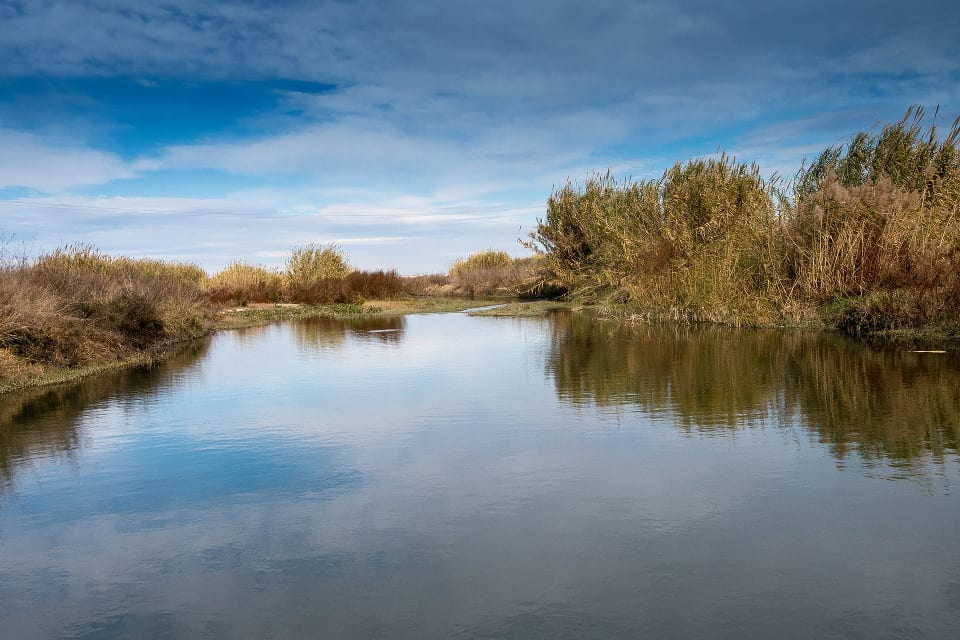Freshwater is becoming an increasingly important commodity. Hard rock mineral mining requires vast amounts of water for the extraction of ores. For example, in Chile, the world’s largest copper producer, the mining industry uses an average of 70 cubic meters of fresh water to produce one metric ton of copper. To produce the same amount of output from lower-grade ore bodies requires even more fresh water.
This isn’t the only problem. The fresh water that is used for extracting ore usually becomes toxic after use and large dams are needed to hold the polluted leftovers. Globally, there have been a number of failures to these kinds of dams, causing death, injuries, and the contamination of other freshwater sources.
One proposed solution is the use of desalinated water (sea water that has had the salt removed). This presents a couple of other problems: 1. The desalination process is expensive and uses a vast amount of energy, much of which is produced by coal-fired power plants. 2. It doesn’t solve the problem of contaminated tailing pools that need to be contained and monitored. That’s two strikes against the environment.
One other proposed solution is to recycle the fresh water used in mining operations. The potential to do so is extremely expensive and not always 100% effective. And the waste water created from this process is still highly toxic.
Another potential problem exists when freshwater sources are not available where mining operations are taking place. Freshwater would then need to be shipped in, once again increasing mining costs and doing nothing to alleviate environmental impact concerns. Rising costs produce larger risks for investors, and environmental issues drive tougher government regulation and more aggressive public opposition.
With water-related stress bringing many hard rock mining operations to a standstill, it seems the only valid solution is to remove it from the equation. ST Equipment & Technology’s triboelectric belt separator is a dry process that can process large quantities of mined materials at a high rate. The result is a greater extraction of ores—even from low-grade ore bodies—using energy efficient systems that use no water. That’s a lot of benefits when you add it all up.



















